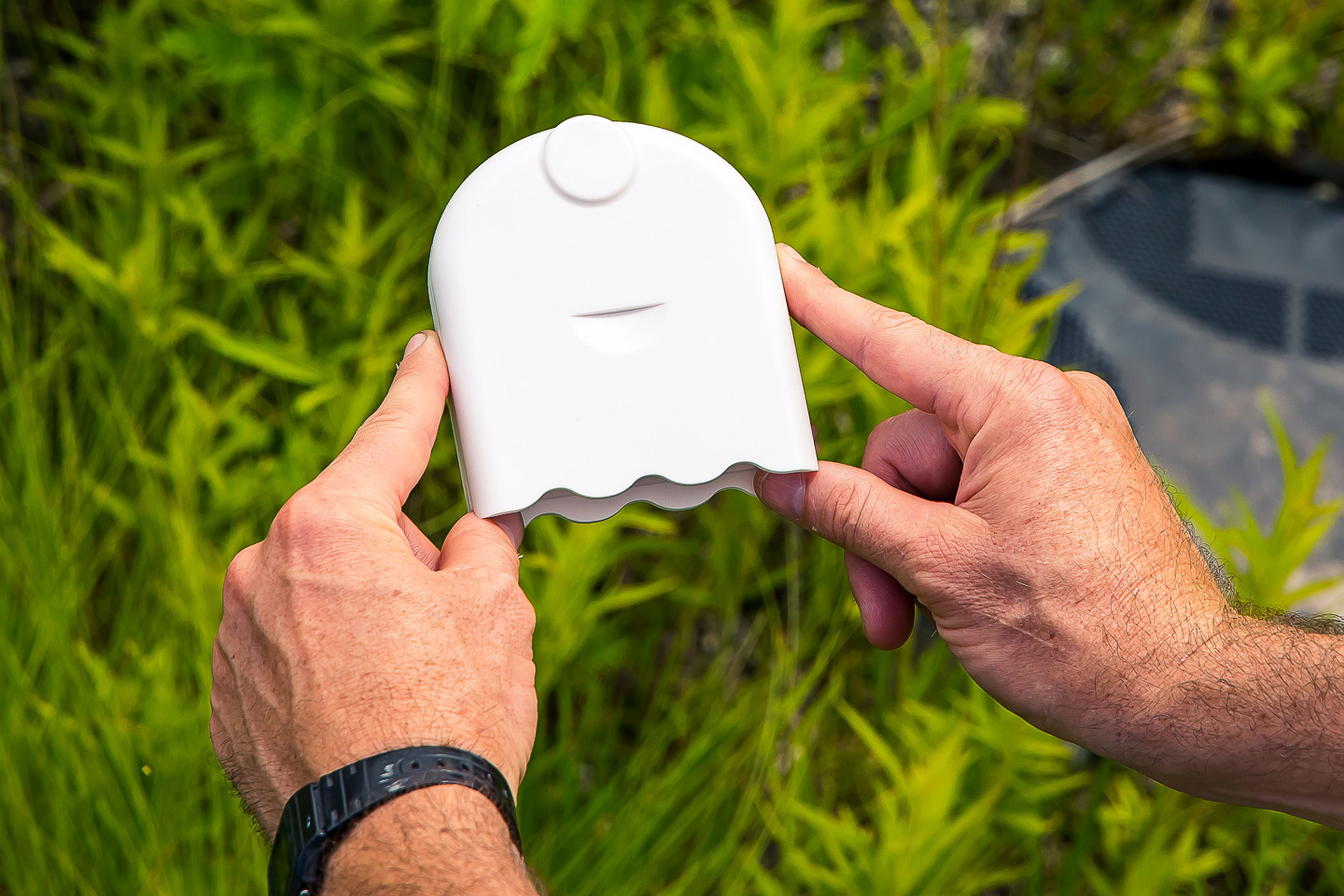
No Subscriptions or Hidden Fees
Rest assured there won't ever be hidden fees or subscriptions. We won't sell your data or charge you to access yours.
Easy Setup in 5 Minutes or Less!
App walks you through step by step + access to video tutorial library.
Easy to Understand & Digest Data
User-friendly dashboard makes seeing and presenting trends and patterns easy.
Recommended by Top Institutions
Trusted by Educators and Researchers at Top Educational Institutions and Backed by the Clean Air Fund.
Automatic Data Back-ups
On-board storage saves measurements so you'll never lose data.
Transparency & Our Non-Profit Ethos
Easy and Free Access to Data, no restrictions. Always Open Source Built!
Free Research Design Tools, Download Toolkits & Curriculums
AirCasting Actions has everything you need to get started with air monitoring, whether you're an individual, an educator, or part of an organized community effort.
Explore Tools and Curriculum
Designed for Mobile Monitoring
Lightweight & Portable. Designed to withstand the elements with weather resistant shell and Sturdy Design.
FREE to Use
The AirCasting platform (including app) are free to use.





Need AirBeams for Your Team or Classroom?
Get One-on-One Research Design and Implementation Help
Schedule a Free Consultation"AirBeam has been a huge factor in our community science project's impact so far. We've been able to reach an audience that would have been way more difficult to draw in before this. AirBeams made this project relevant and accessible."
"AirBeam is affordable, accurate, and easy to transport. It gives many ways to interpret data and students love that they get to use scientific technology and can make sense of what it's saying. It gives a real sense of immediacy and relevancy of science to students who might otherwise struggle with science in the classroom."
"AirBeam supports freedom of information, reduces costs, democratizes exposure assessments, and gives low-income communities a viable option to sample air quality in their communities at a price that won't break the bank."
"AirBeam enables the visualization of air quality in real time; this makes the job of teaching about things which are affecting us but which we can't see easier to talk about in a classroom context."
"AirBeam is an innovative technology that can provide practical and educational benefits and raise awareness about environmental quality. It can also support environmental campaigns and help users identify areas they may want to avoid due to poor air quality."
"The AirBeam is a sturdy device and easy to use, the graphical interface is great for students."
"The price is outstanding compared to industry-standard devices and most other low-cost sensors that are close in accuracy to the AirBeam are stationary sensors eliminating the ability to be able to do personal sampling, which is arguably one of the most important methods of sampling."
"AirBeam solves the problem of displaying and making sense of data, identifying geographical differences in air quality, sharing data and explaining air quality differences to others and to students."
"AirCasting and the AirBeam makes data collection, data analysis (basic trends etc.) and visualization easy. Introducing air quality to people that have little to no concept of what it is. Making air quality a relatable conversation topic."
"AirCasting provides one central platform to upload our data and also gather relevant data from other researchers."
"AirBeam makes for easy and accurate data collection; making science accessible and relevant to teens; creating an overview of air pollution in parts of Oakland; helping teens feel they have a way to make their communities better."
"AirBeam helps identify environmental inequity, the difference between air pollution in low-income and high-income neighborhoods. In my own research in Los Angeles, I found high-income areas have greater tree canopy cover which combats the effects of air pollution."
Get Started with AirBeam Today.
AirBeam is available for immediate shipping.
Get AirBeam Need 6 or more AirBeams?
Get a FREE consult!

